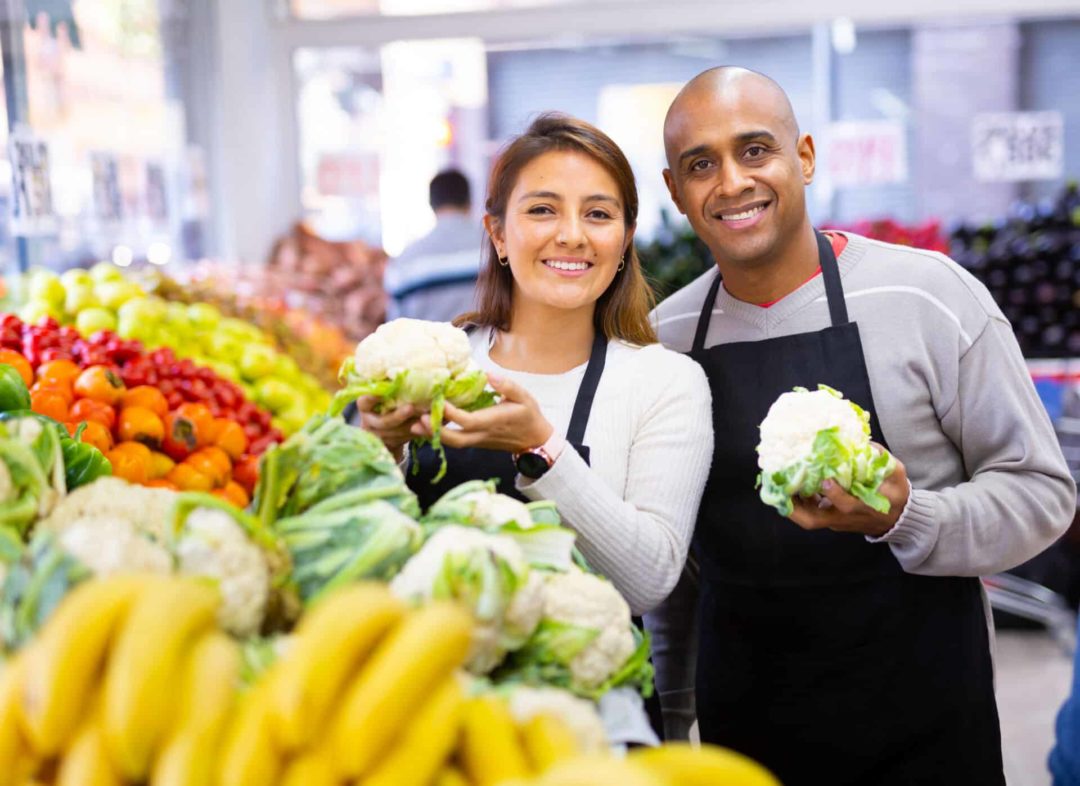Three years ago, I wrote about the introduction of Amazon Go in a Trust Transparency Center blog titled “An Amazon Health Store; No Clerks or Cashiers?” That article pointed out the most obvious element missing from the Amazon retail experiment: trust.
What I stated in early 2018 is even more applicable today:
The silver lining scenario for today’s heath store retailer is trust. The obvious missing element to the Amazon GO experiment is human interaction. Humans are not designed to be autonomous, and we instinctively want to believe what is related to us in person. Border’s, Barnes and Noble, and countless other bookstores are an indication of what the e-commerce experience can do to brick and mortar…Today’s health store retailer can prepare for tomorrow by embracing the opportunity for education, respect, and the sharing of trust in the message and human interaction.
Fast forward to 2020 as we continued to explore the Amazon experience with an examination of how independent booksellers are coping with the online and offline advances of the e-commerce giant. Key takeaways from that article:
COMMUNITY: Independent bookstore owners promoted the idea of consumers supporting their local communities by shopping at neighborhood businesses. Independent bookstores won customers back from Amazon and other big box players by stressing a strong connection to local community values.
CURATION: Independent booksellers began to focus on curating inventory that allowed them to provide a more personal and specialized customer experience. Rather than recommending only bestsellers, they developed personal relationships with customers by helping them discover up-and-coming authors and unexpected titles.
CONVENING: Independent booksellers started to promote their stores as intellectual centers for convening customers with likeminded interests—offering lectures, book signings, game nights, children’s story times, young adult reading groups, even birthday parties. Some bookstores routinely host over 500 events a year.
Amazon’s physical store count is now at 589:
- Amazon Books – 24
- Amazon 4-Star – 35
- Amazon Fresh – 18
- Amazon Go – 4
- Amazon Go Grocery -1
- Amazon Pop Up – 7
- Whole Foods Market – 500
Why is Amazon getting into a space where so many are failing? What will Amazon do differently than the current retailers who are not surviving? Many references support the fact that online retail only accounts for approximately 10% of all retail purchases indicating that the opportunity for market share is tremendous.
One key to what Amazon might do differently than its predecessors might rest with the September 8, 2021 Amazon announcement that they are rolling out the “Just Walk Out” Technology in two Whole Foods locations. The technology, first introduced almost five years ago through Amazon Go, has now been introduced to dozens of stores in a variety of locations and services. In addition to the roll out of the “Just Walk Out” technology in its own stores, Amazon has licensed the technology to OTG and CIBO Express in airport locations. Another application of the technology lets consumers use their palms to checkout using information stored in the Amazon app.
Even with Amazon’s latest foray into brick and mortar, there is still opportunity for natural product retailers to differentiate because of serious Amazon shortcomings.
NOW Foods and Trust Transparency Center have been testing several categories of products and the results are consistent—many brands are falling short of label claim or even void of active ingredients. Then there is the risk of counterfeiting, as noted by Proctor and Gamble in July 2019 when they required Amazon to inform customers that Align Probiotic product bought from third party resellers was likely fake. When it comes to dietary supplements in particular, while Amazon is known for its A-to-Z product section, it has also become recognized as housing inferior products.
Personalization, a major macro-trend is also absent in the Amazon business model. According to Nutrition Business Journal, the personalized supplement market is expected to grow from an estimated $281 million in 2019 sales to a forecasted $4.3 billion in 2023, representing 6.4% of U.S. supplement sales by the end of that period. (Personalized Nutrition Report 2020). By its nature, the Natural Products retail environment allows both customization and personalization.
While it is clear Amazon is moving with speed to enter the physical store space using its advanced technology to drive convenience (“Just Walk Out”), and advanced delivery options (same day delivery) it is also clear, that there are huge opportunities to stay ahead by utilizing the advantages of caring and educated workers. Convenience is important, but it does not compare to the long-term benefits and relationships nurtured by caring. Providing community and education will go connect with consumers that depend on healthy and reputable vetted products. Also, personalization through consumer interaction, including activities like smart bundling and gift baskets are activities that provide a different type of convenience not possible through online and certainly not through “cashier free” store concepts.
The retail market is not done its evolution. While the recent advances in technology have offered alternative methods and are driving convenience, the reality is there will always be a place for human contact, caring and communication – all practices and values not found in a cashier free retail store. Keep Calm and Keep Caring!









